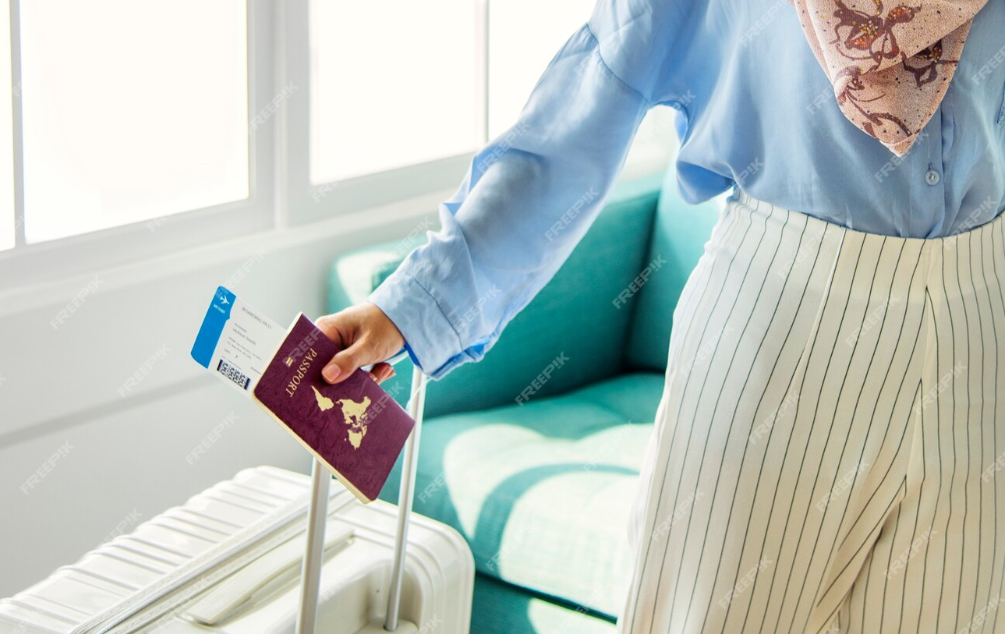Traveling for menopause hormone therapy (HT) is an increasingly popular choice for medical tourists seeking expert care and affordable options abroad. But if you’ve just started hormone therapy, you may wonder: Is it safe to fly after beginning treatment? And how can you best prepare for your trip to minimize risks and maximize comfort?
This comprehensive guide covers the safety considerations for flying after starting hormone therapy, potential travel risks, and practical tips to make your journey smoother and healthier.
Understanding the Risks: Hormone Therapy and Air Travel
Hormone therapy, especially estrogen-containing treatments, can slightly increase the risk of blood clots (deep vein thrombosis, or DVT) due to changes in blood coagulation factors. Flying, particularly on long-haul flights, is also a known risk factor for DVT because of prolonged immobility.
Key Concerns:
- Blood Clot Risk: Combining hormone therapy and air travel may increase the risk of developing clots, especially for flights longer than 4 hours.
- Swelling and Discomfort: Hormones can cause water retention, which may exacerbate leg swelling during flights.
- Fatigue and Mood Changes: Adjusting to hormone therapy can cause temporary side effects such as tiredness or mood swings, potentially complicating travel.
Is It Safe to Fly After Starting Hormone Therapy?
For most healthy patients, short flights (under 4 hours) after beginning hormone therapy are generally safe, but it’s important to take precautions.
For long-haul flights (4+ hours) or patients with risk factors, extra care is needed.
Risk Factors That Increase Concern:
- Personal or family history of blood clots
- Smoking
- Obesity (BMI > 30)
- Age over 60
- Recent surgery or immobility
- History of stroke or heart disease
- Using high-dose estrogen or hormone pellets
If you fall into any of these categories, consult your healthcare provider before flying.
Travel Tips for Flying Safely After Starting Hormone Therapy
1. Discuss Your Travel Plans with Your Doctor
Before booking your flight, have an open conversation with your menopause specialist about:
- Your personal clot risk
- Timing of your hormone therapy initiation
- Whether you should adjust your HT dose around travel
- Possible preventative measures like blood thinners or compression stockings
2. Wear Compression Stockings
Medical-grade compression socks or stockings can significantly reduce your risk of blood clots by improving blood circulation in the legs. They also help reduce swelling and discomfort.
Choose knee-high or thigh-high graduated compression stockings, ideally with 15-20 mmHg pressure for air travel.
3. Stay Hydrated
Dehydration thickens your blood and increases clot risk. Drink plenty of water before and during your flight and avoid alcohol and excessive caffeine, which can dehydrate you.
4. Move Regularly During the Flight
Prolonged immobility is a major factor in clot development.
- Walk up and down the aisle every 1-2 hours
- Perform seated leg exercises like ankle circles, calf raises, and foot pumps
- Avoid crossing your legs while seated
5. Dress Comfortably
Wear loose, breathable clothing to improve circulation and reduce swelling. Avoid tight waistbands or restrictive garments.
6. Monitor for Symptoms
Know the signs of DVT and pulmonary embolism (PE), which include:
- Swelling, pain, or redness in one leg
- Sudden shortness of breath
- Chest pain or rapid heartbeat
- Dizziness or fainting
If you experience any of these, seek medical attention immediately.
7. Plan Your Flight Timing
If possible, schedule your trip a few weeks after starting hormone therapy to allow your body to adjust. Avoid flying immediately after surgery or during acute illness.
8. Consider Medication Adjustments
In some cases, your doctor may recommend temporary blood thinners or aspirin for travel. Do not start or stop any medications without professional guidance.
9. Bring a Medical Summary
Carry a printed summary of your hormone therapy plan, including medication names, doses, and your doctor’s contact information. This is useful in case of emergencies or if you need care abroad.
Special Considerations for Medical Tourists
- Coordinate Your Therapy Start Date: Try to begin hormone therapy with enough time before your flight to reduce risks.
- Use Trusted Clinics: Choose clinics experienced in medical tourism that provide clear post-treatment travel guidelines.
- Plan for Recovery: Schedule adequate rest days after treatment before flying back.
Final Thoughts
Flying after starting menopause hormone therapy is safe for most patients with proper precautions. By consulting your healthcare provider, staying hydrated, moving frequently, and wearing compression stockings, you can minimize risks and make your journey more comfortable.
If you are preparing for hormone therapy abroad and have questions about travel safety, I can help create a personalized travel plan to keep you safe and confident throughout your trip.




